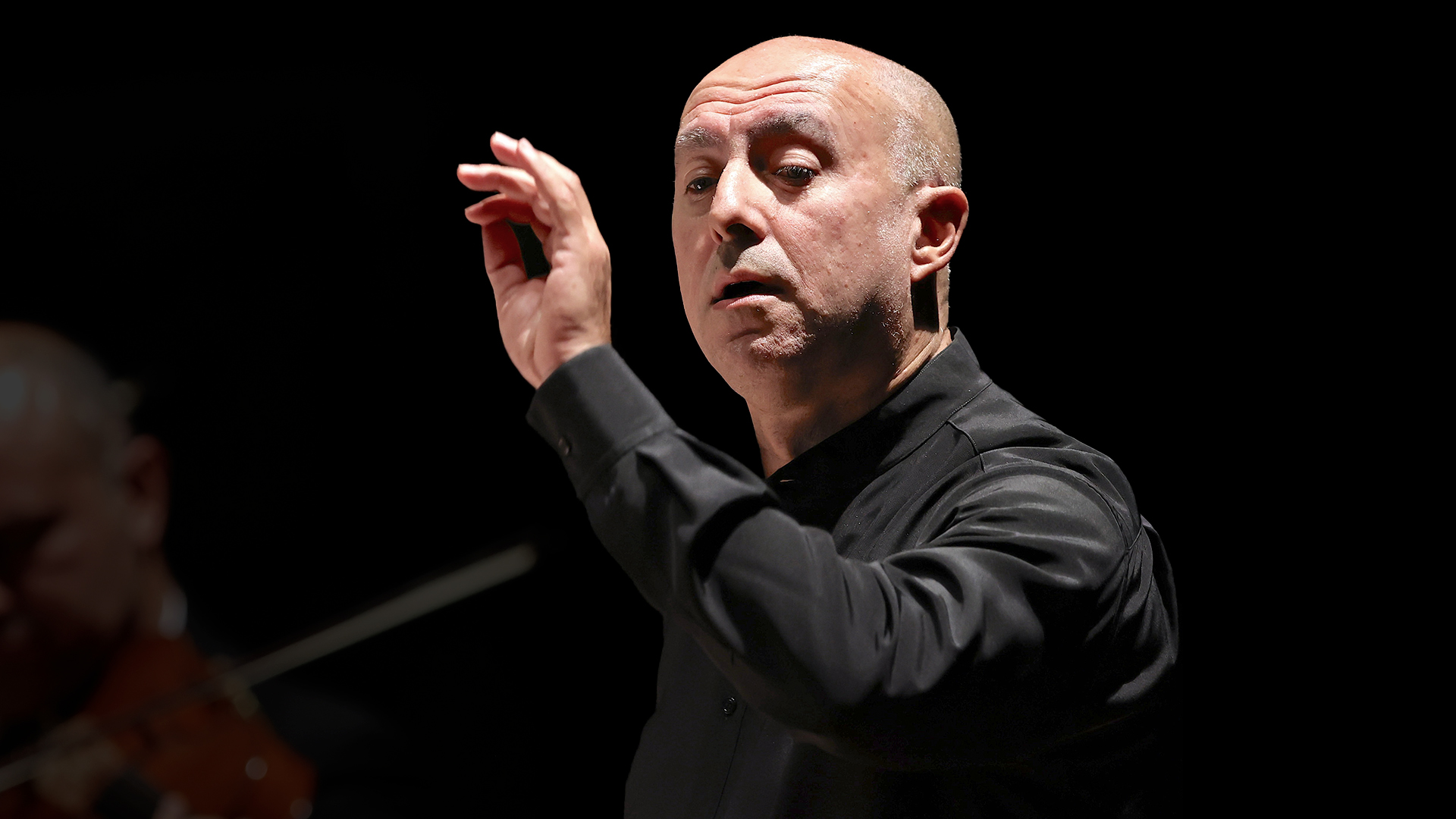ANTON WEBERN
Ricercare (6 voces) from the Musical offering BWV 1079 by J. S. Bach
PAUL HINDEMITH
Nobilissima visione
(complete ballet 1938)
Conductor
Marco Angius
Opera Carlo Felice Genova Orchestra
The Ricercare for six voices is part of the Musikalisches Opfer (Musical Offering) by Johann Sebastian Bach. In 1747, the composer had been a guest of Frederick II of Prussia, who proposed a theme for an improvisation, later reworked as a tripartite cycle of eleven canons and fugues and dedicated to the king. Among the various pieces in the collection, the Ricercare for 6 voices reaches a level of rare complexity, and is not wrongly called one of the highest moments in the history of polyphony. Between 1934 and 1935 Anton Webern worked on a transcription for orchestra of the Ricercare. The Bachian page lent itself to instrumentation; in fact, the contrapuntal writing, though more often entrusted to the harpsichord, did not limit the possible choices of instrumentation. Webern exploits the rich texture of the fugue by distributing the motifs to the different timbres and registers of the orchestra, with the aim of keeping the musical discourse perfectly linear, generating a unified but sonorously composite effect and, precisely through the fragmentation of the lines among the instruments, highlighting the “motivic cohesion” well. Referring to the Art of Escape, Webern spoke of a work that leads “into the sphere of the most absolute abstraction, a music that lacks everything that is generally indicated by notations: whether it is a piece for voices or for instruments, signs of interpretation, in short, there is absolutely nothing. It is really almost an abstraction, but I would rather say “the highest reality!” All these fugues are built on the basis of a single theme, which is always changing: a big book of musical ideas, the content of which starts from a single idea! What does all this mean? Aspiration to the highest unity. Everything stems from one entity, from that one theme of fugue! Everything remains ‘in theme’.” This consideration applies well to the work done on the Musical Offering, whose orchestration renders the complexity of the interweaving of voices on the one hand and the almost abstract composure of the whole on the other.
Nobilissima visione was born as a danced legend in 1937, when Paul Hindemith decided to compose a ballet following the suggestion he felt in front of Giotto’s frescoes in the Bardi Chapel of the Basilica of Santa Croce in Florence. A first full version of the ballet was staged in July 1938 in London, with the composer conducting, while an alternative, abridged version in the form of an orchestral suite was performed at the International Festival of Contemporary Music at Teatro La Fenice in Venice the following September. The ballet is inspired by St. Francis, a central figure in the Bardi Chapel frescoes. The Saint’s life is then recounted in eleven episodes, from his origins to his contrast with the malevolent forces represented in the March by the mercenaries, his encounter with the principles of Chastity, Poverty, and Obedience- allegorically represented by three ladies-and his marriage to madonna Poverty, to his praise of Creation, a reference to the Canticle of the Creatures. The music gathers varied influences, mainly of archaic taste. The usual refinement of timbre is combined with a diatonic musical writing aimed at making the expression of a serene and imperturbable spirituality the protagonist; Hindemith thus confirms a research focused on tonal polyphony, already established with Mathis der Maler a few years earlier. The most intense moment of great magnificence is reached in the last episode, Incipiunt laudes creaturarum, which sanctions the victory of the principles of faith and the grandeur of the saint’s work. The ballet was composed in close collaboration with dancer and choreographer Léonide Massine, who, having shared Hindemith’s emotion in front of the frescoes, wanted to recreate in the choreography, too, a gestural style akin to Renaissance figurative art.
Ludovica Gelpi
